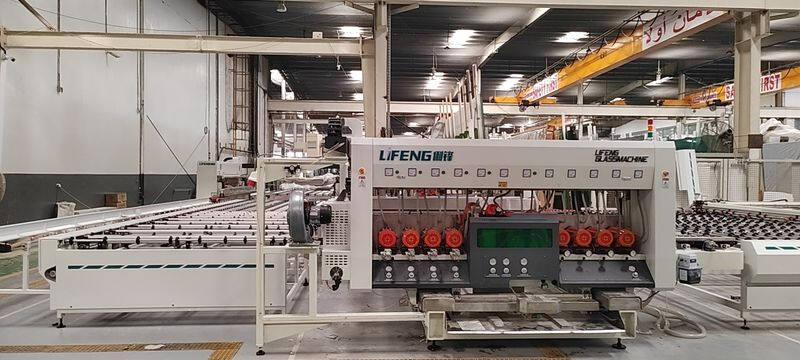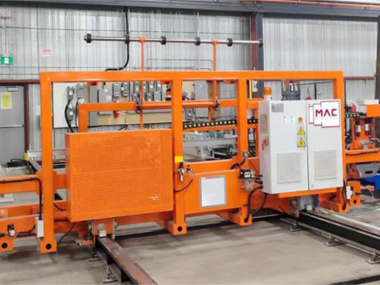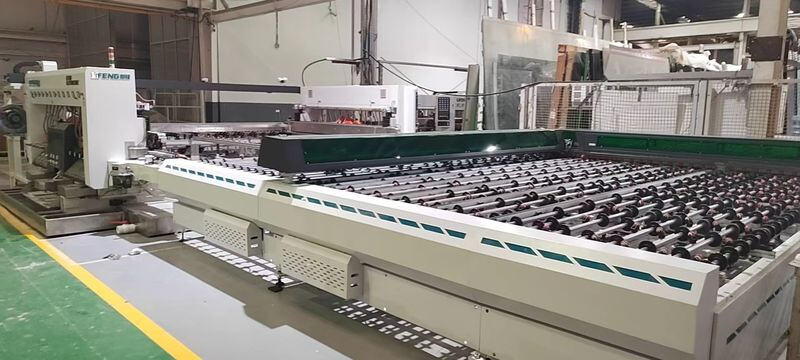auto laminaatklaas
Auto laminaatklaas on kaasaegsete sõidukite jaoks oluline ohutuselement, mis koosneb kahest klaasikihist, mis on omavahel ühendatud spetsiaalse polüvinüülbutüraal (PVB) vahekihiga. See keeruline konstruktsioon pakub mitmeid eeliseid, mis suurendavad nii ohutust kui ka mugavust autotööstuses. Klaas läbib põhjaliku tootmisprotsessi, kus rakendatakse soojust ja survet, et luua uskumatult vastupidav ja läbipaistev barjäär. Löögi korral ei purune klaas ohtlikeks killudeks, vaid jääb terviklikuks, kuna PVB kiht hoiab purunenud tükid koos. See omadus on eriti oluline õnnetuste korral, takistades reisijate väljatõukamist ja kaitstes reisijaid lendavate klaasikildude eest. Peale oma peamise ohutuse funktsiooni pakub auto laminaatklaas ka ülimat müra vähendamise omadust, minimeerides tõhusalt välise helikandja sisenemist sõiduki kabiini. Materjal blokeerib ka kahjulikud UV-kiired, kaitstes nii sõiduki sisemust lagunemise eest kui ka reisijaid pikaajalise UV-kiirguse eest. Kaasaegsed laminaatklaasi rakendused sisaldavad sageli täiustatud omadusi, nagu akustilised summutuskiht, peegeldusnäidiku ühilduvus ja isegi elektrokrioonilised omadused automaatseks tumendamiseks. Need tehnoloogilised edusammud on teinud auto laminaatklaasist hädavajaliku komponendi kaasaegses autotööstuse disainis, vastates nii ohutusnõuetele kui ka tarbijate nõudmistele suurenenud mugavuse ja kaitse osas.


